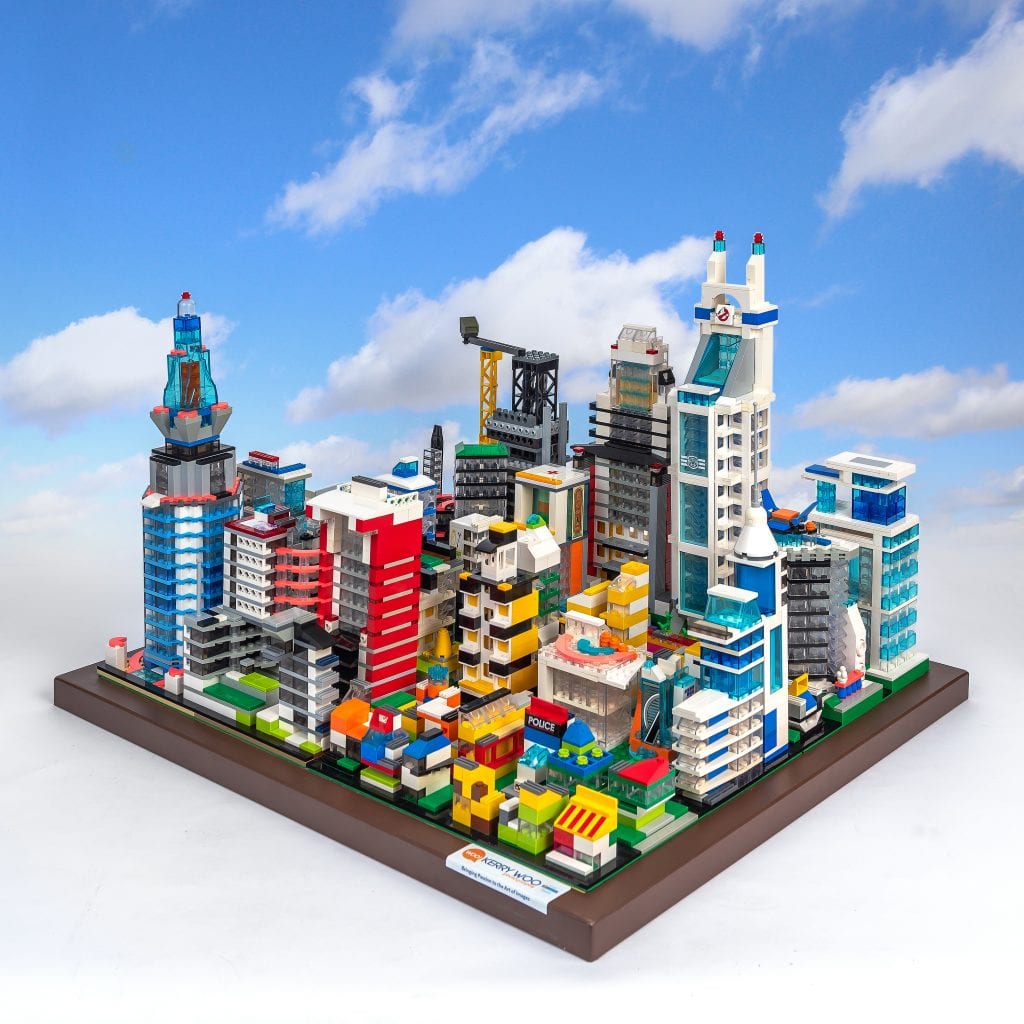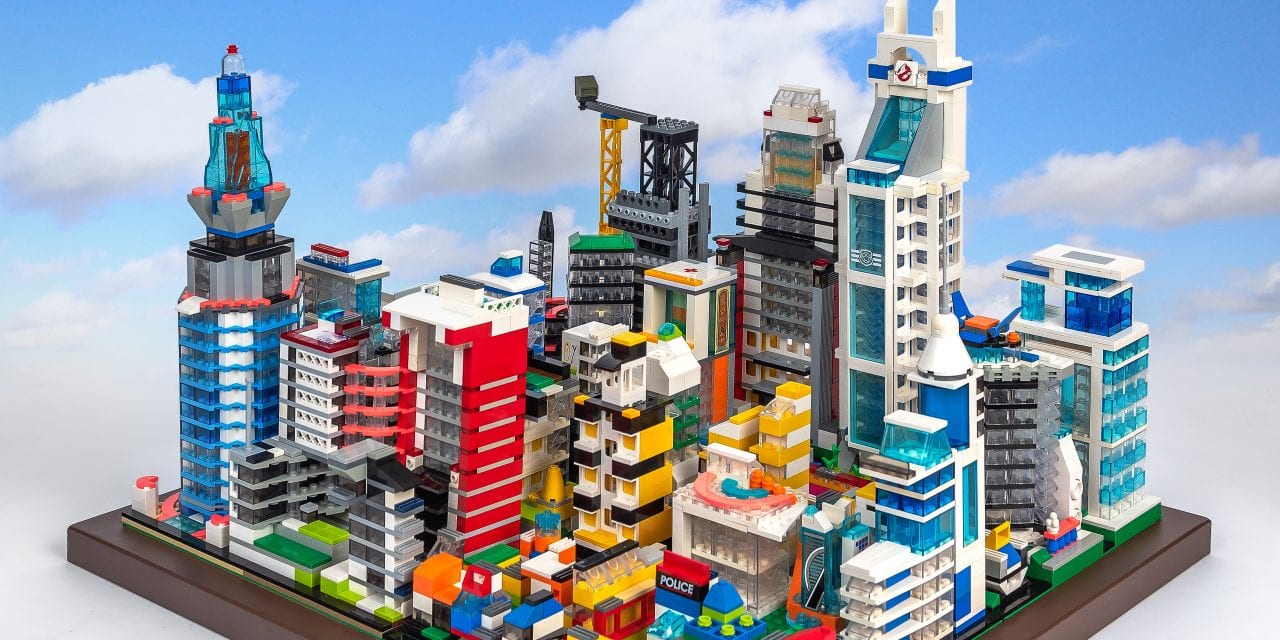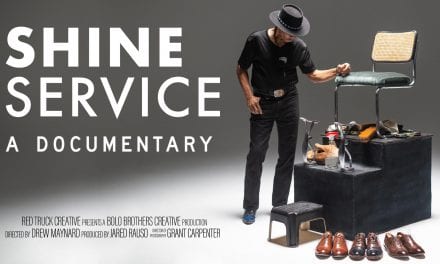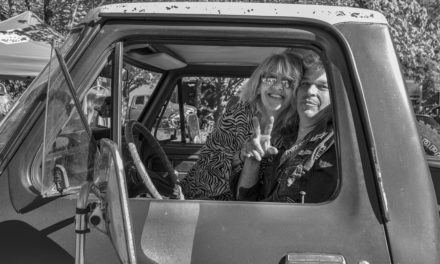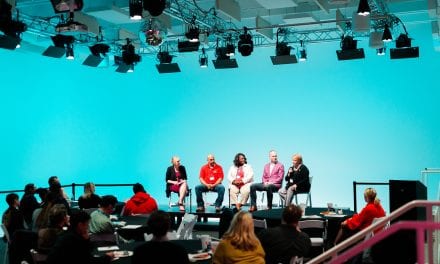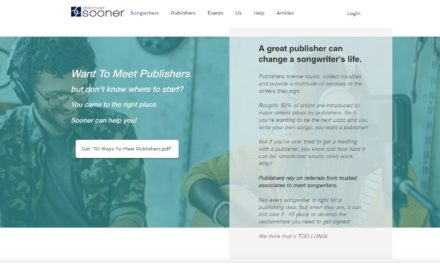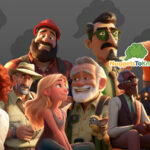Even though he considers himself “semi-retired,” Nashville photographer Kerry Woo will make time to work on something he’s passionate about. Over the years, that’s meant endlessly experimenting with different things that captured his interest.
Kerry worked for three decades in the music business as a marketer for country music records. Sensing that opportunities in the industry were shrinking, Kerry took a job with AT&T as one of their first internet marketing managers to drive online sales for Yellow Pages representatives.
Kerry was interested in photography before his role at AT&T. However, it was when he worked for the company and he saw how technology could affect marketing that he sensed his photography was his calling. He tells Launch Engine, “I was always into blogging and carried a camera with me everywhere. That led me into wanting to be a professional photographer. At that time, I was joking that there were more wedding photographers in Nashville than there were guitar players!”
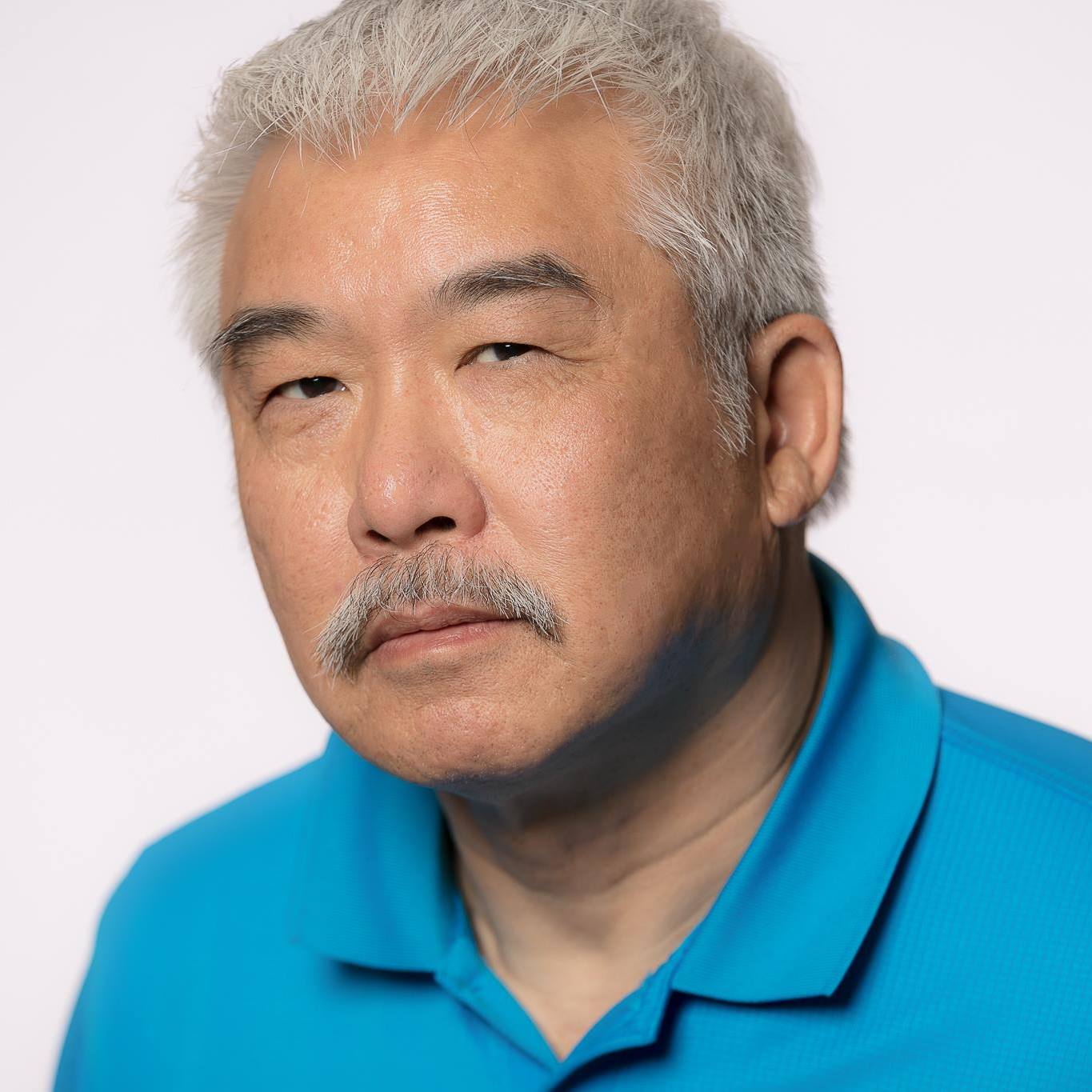
Kerry wanted to stand out from other photographers, and around 2012, Google came out with 360 virtual tour services for businesses. Kerry applied for this job and got it. This jump-started his photography career. Shooting rooftops and buildings inaccessible to others around Nashville, the original version of this process included shooting panoramic images using a Sigma fisheye and a rotating Ninja Nodal tripod head. With the camera mounted on the tripod, it is manually rotated shooting three bracketed exposures every 90 degrees.
Each picture is blended with HDR into four perfectly exposed pictures per room. Those images are then manually stitched together as one image using the PTGuii panoramic software. His 360 work with Google expanded to the Southeast Region, then to clients in Chicago and Minneapolis, totaling more than 800 virtual 360 tours of businesses.
Officially shooting photos for Google, Kerry networked his way through the booming business scene of Nashville, capturing images of fashion events and business conferences, along with his already steady work in the architecture scene.
Kerry kept his eyes on new tech, and about six years ago, invested in a Matterport 3-D camera. The pricey specialty camera offered an immersive 3-D showcase experience by creating a 3-D mesh in the cloud and automatically stitching the images together, saving him time. His goal was to use the technology primarily to shoot real estate and architecture as a solo career. He made his money back in a few months. Even though he works in different markets, including fashion and live events, the Matterport 3-D camera better helped to capture the nuances of architecture, his favorite subject.
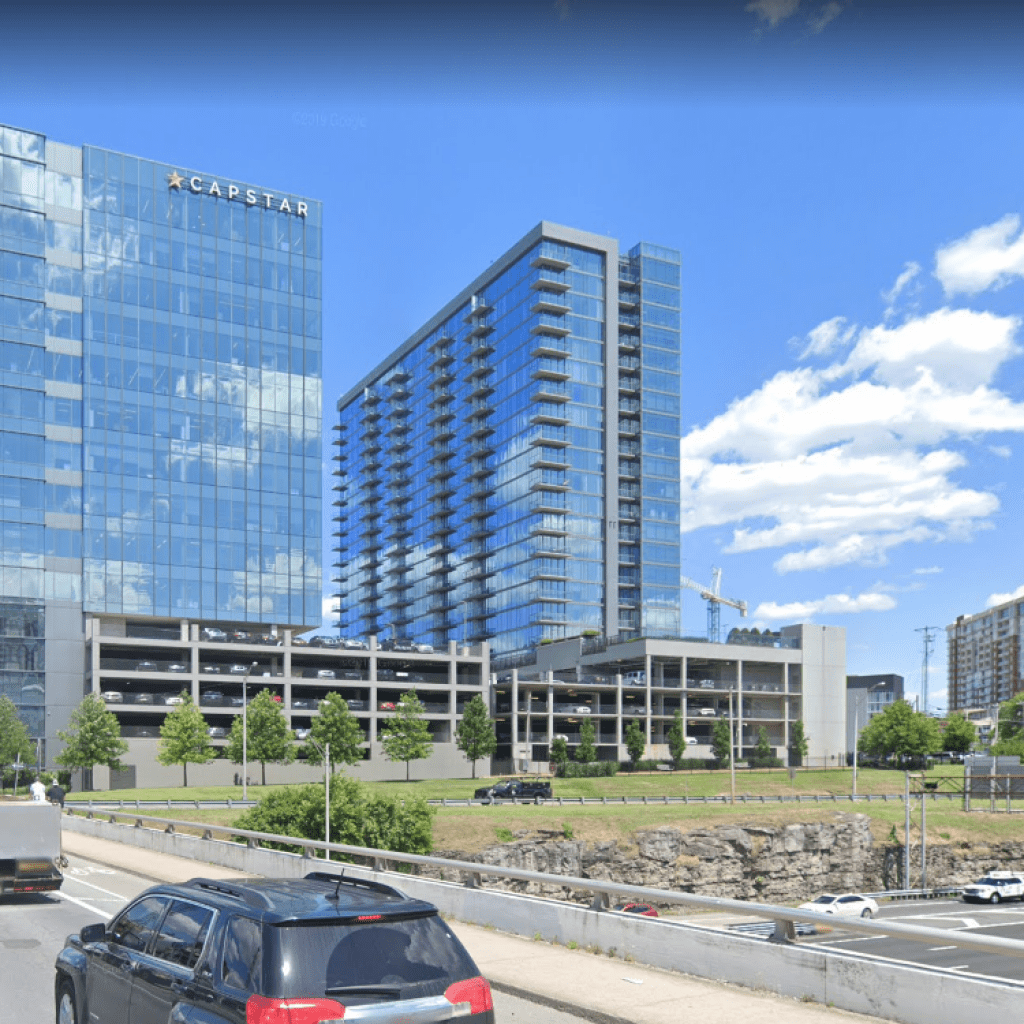
In 2019, Kerry went to Las Vegas to hear a talk given by one of his favorite architectural photographers, Mike Kelley. Kerry was inspired when Kelley explained the importance of having a personal project to generate a creative outlet that can fuel your creativity. The context of that conversation opened a colorful new direction for Kerry. Always in his periphery, the power of the LEGO toy sets had been demonstrated to Kerry once when his son built a model of a concert stage. Partaking in the fun, Kerry enjoyed embellishing the stage with real computer speakers hooked up to an iPod Shuffle playing music.
Now, he’s become enthralled with the unique designs people have created and the amount of creativity that goes into them, and actively meets with some of these LEGO builders. Kerry explains, “Last year, there was a LEGO show at the Wilson County Fair where I had the opportunity to meet three renowned LEGO artists. After talking with them about my ideas of combining architecture with LEGO, their encouragement motivated me to come up with a plan.”
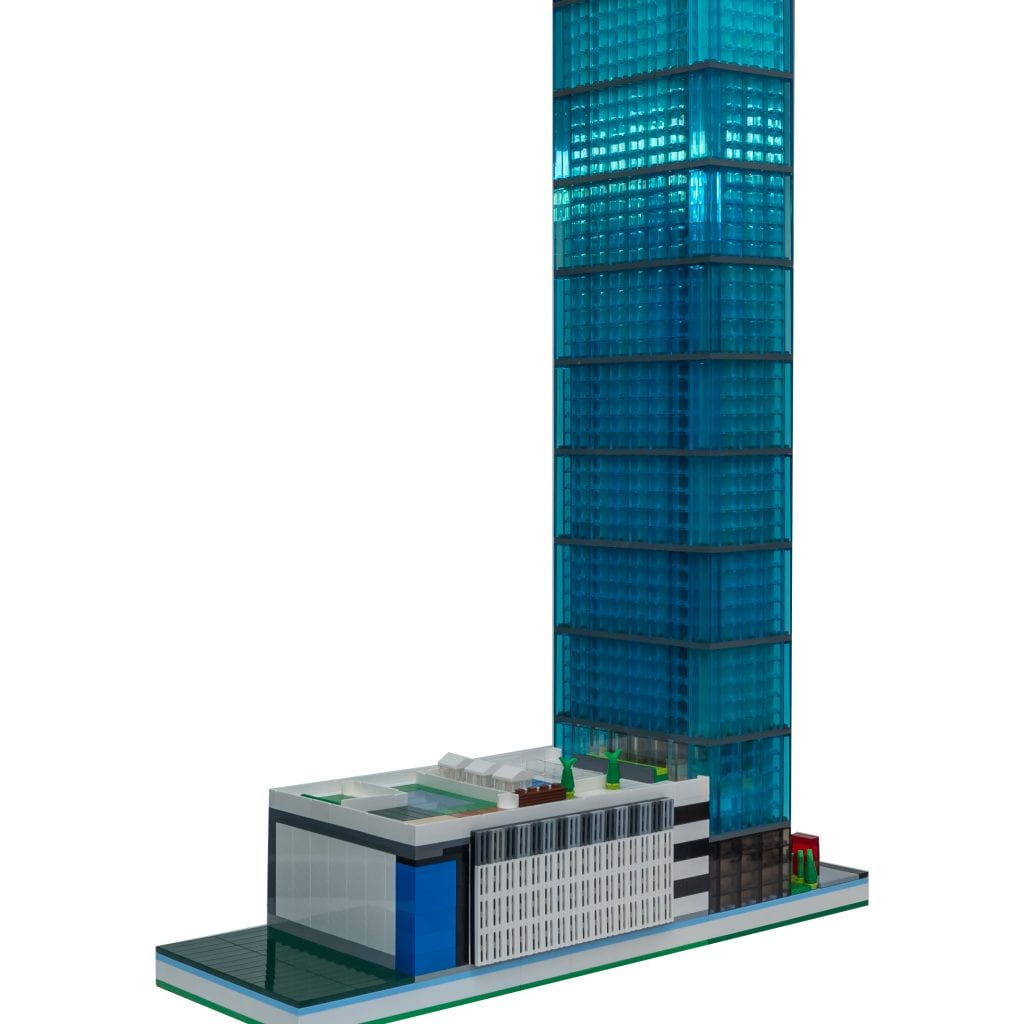
When Kerry heard about the 10th Annual LEGO contest sponsored by a construction company through the Nashville Public Library, he decided he had to win the contest.
“I built a cityscape and was honored to have won three first place categories! That affirmed my love of architecture and how I might be able to blend it with my love of LEGO,” Kerry recalls.
With all of the high-rise buildings going up around Nashville, Kerry began thinking of how he could reconstruct them in LEGO form. He began buying large amounts of LEGO online through Facebook Marketplace, yard sales, eBay, and specifically BrickLink, an online store of sellers from all around the world. Kerry is now tapped in to specialty items. After he receives his purchase, he generally spends a large amount of time cleaning, sorting and organizing. He has become involved in various online forums and loves his LEGO community.
Recently, he has started reaching out to the developers he works with when shooting photos of their spaces with the idea of a LEGO build. Kerry is also in the process of having a new house built and is creating a massive LEGO model of the home. He explains how the ability to use older sets more than 20 years old—along with new sets—allows a great deal of creativity. It also allows him to create unique builds because of the vast LEGO variety.
“I was always fascinated with the architectural models I would see in some of the lobbies of these big buildings around town. Often, I would beg the security to let me take a photo of the architectural models. I would find myself thinking about how I could reconstruct them in miniature form using LEGO over plastic, balsa wood and cardboard.”
Kerry says, “The beauty of LEGO is the ability to build mini models to scale because they are generally divisible by two. You just have to be careful not to step on them—especially with bare feet—but it’s a lot easier than dealing with sawdust!”
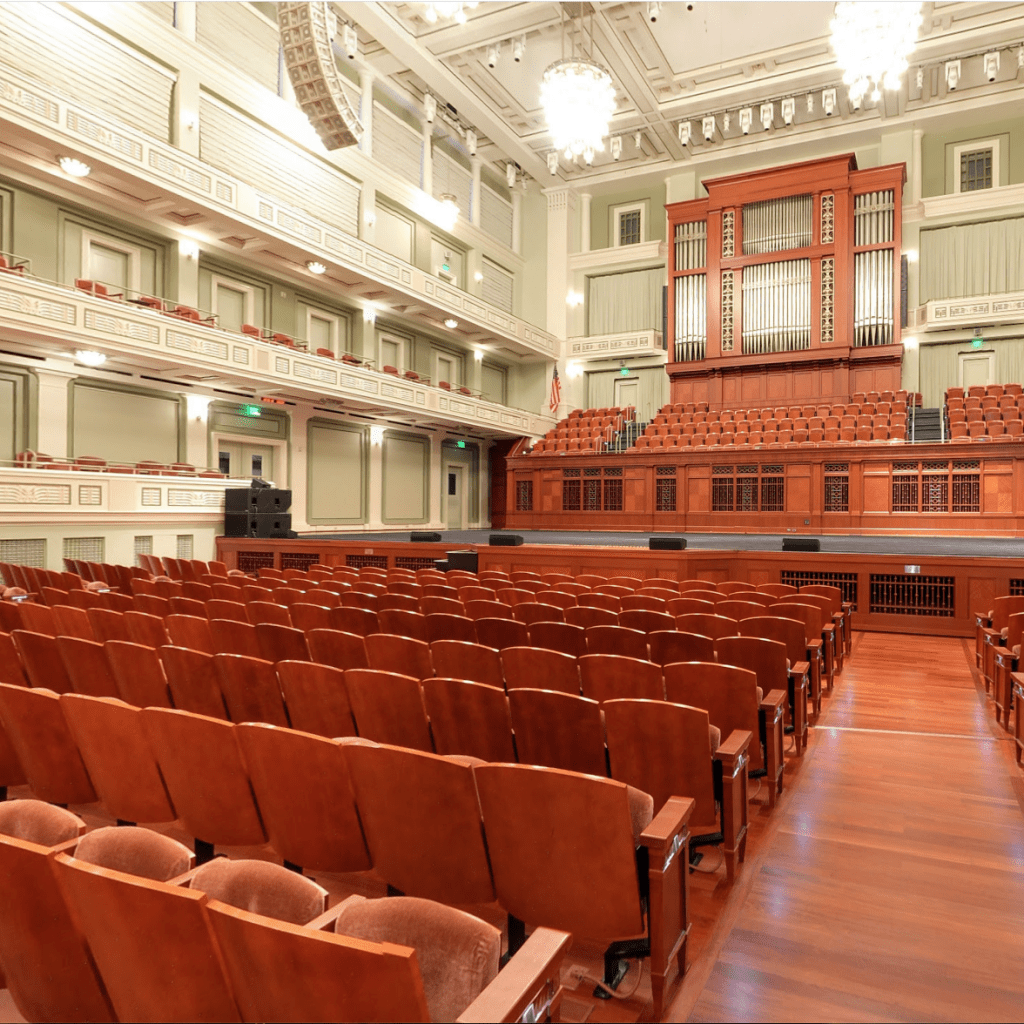
His current projects include finishing up some skyscraper builds, some Tesla CyberTrucks, and a museum quality commissioned piece paying homage to Vanderbilt’s football stadium for a Vanderbilt football fan. He is also working on a piece for 505 Nashville, one of his architectural clients. He acquired them as a long standing client from the referral of late architectural photographer Bill Hobbs, their original photographer. Bill recommended Kerry to replace him once he could no longer work due to cancer. Kerry took over the project photography after he passed and continues to work for the developer today.
One of Kerry’s architectural inspirations is Bjarke Ingels, an architect from Copenhagen who has created some amazing buildings modeled out of LEGO. He builds residential models and skyscrapers that are very intricate versions of the real structures. He recently built “The LEGO House,” an amazing museum for LEGO with a motto: “If you can build it in LEGO, you can build it in real life.”
Kerry explains that LEGO events are for all ages, including YouTubers attracting thousands of followers, people building massive 6’ tall skyscraper builds, and train sets that take up entire rooms. He explains the fun of learning how things connect, the structural integrity of how to build on various scales, and how it helps him to understand the language of architecture.
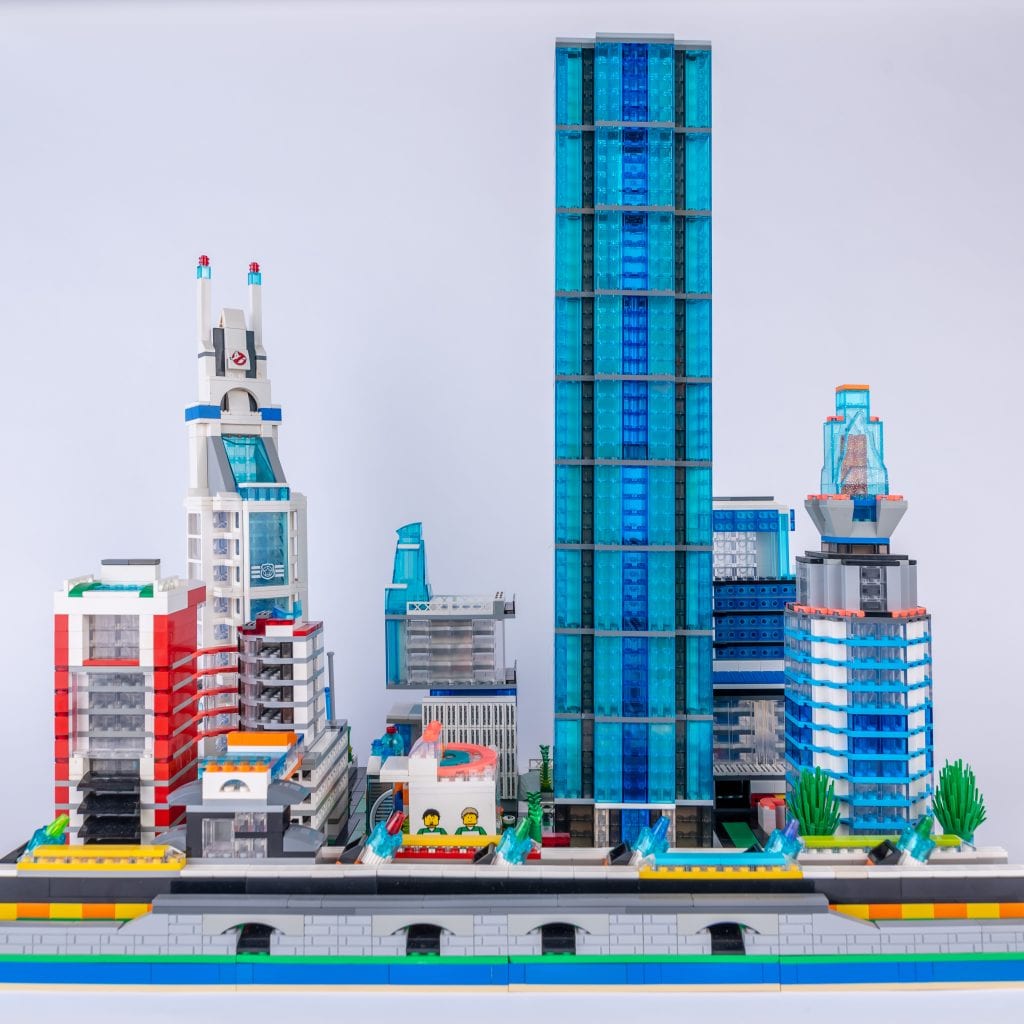
“I am fascinated with the LEGO community, and I am enjoying learning about the different genres within the community. I have never been involved with a platform that has so much creativity and passion!”
Today, Kerry shoots luxury real estate and architecture, but is finding creative ways to transform this love into an architecture LEGO business. He acknowledges that he is slowly transitioning into semi-retirement, and he doesn’t want to be that guy that builds birdhouses out of wood. Instead, he is excited about building with LEGO.
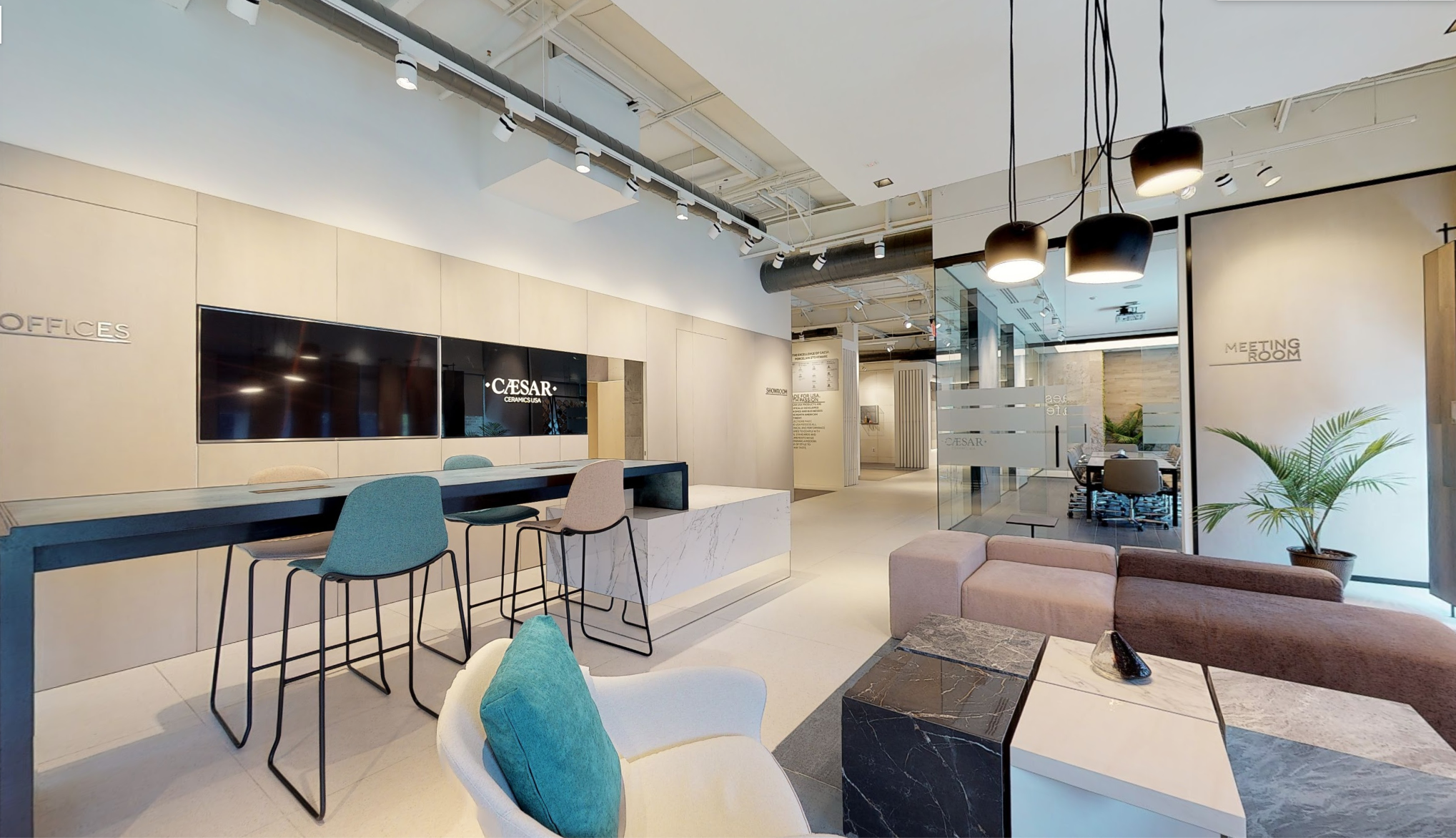
His soon-to-be new house will be twice the size of the home he is in today. It will have a room dedicated completely to LEGO builds, and he hopes to get deeply involved in the LEGO community over time.
Kerry plans to continue creating beautiful architectural photos, but wants to include LEGO models of buildings when possible. Learning from professional LEGO builder Jonathan Lopes, Kerry has found that international clients will pay as much as $7,000 for a commissioned piece set.

Kerry realizes that there is a lot of expense with buying LEGO parts, and while he does hope to generate money with his new love, he states that the joy of the creation is much more important. He explains that the hourly rate of a LEGO build is around $75 an hour with design and building. Sourcing parts is always the challenge in building authentic replicas. The opportunity to blend architecture, photography, and mini scale models through the use of LEGO is his perfect trifecta.
“I am surrounded by boxes and boxes of LEGO and parts, and it has been quite an endeavor of creativity. I put away my power tools and replaced them with LEGO! The fact that I can blend my three loves all into one—it is the perfect world for me!”
For further information about Kerry Woo’s work, be sure to visit his websites and social media for both Kerry Woo Photography and Clarity615.
